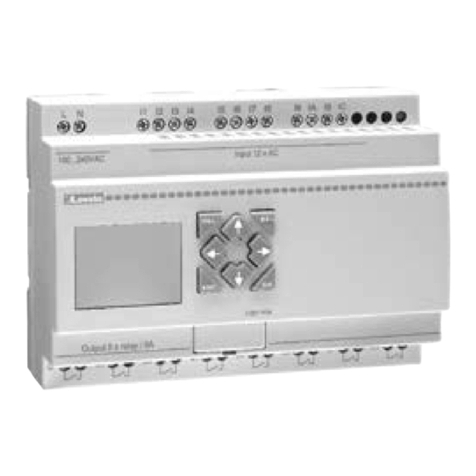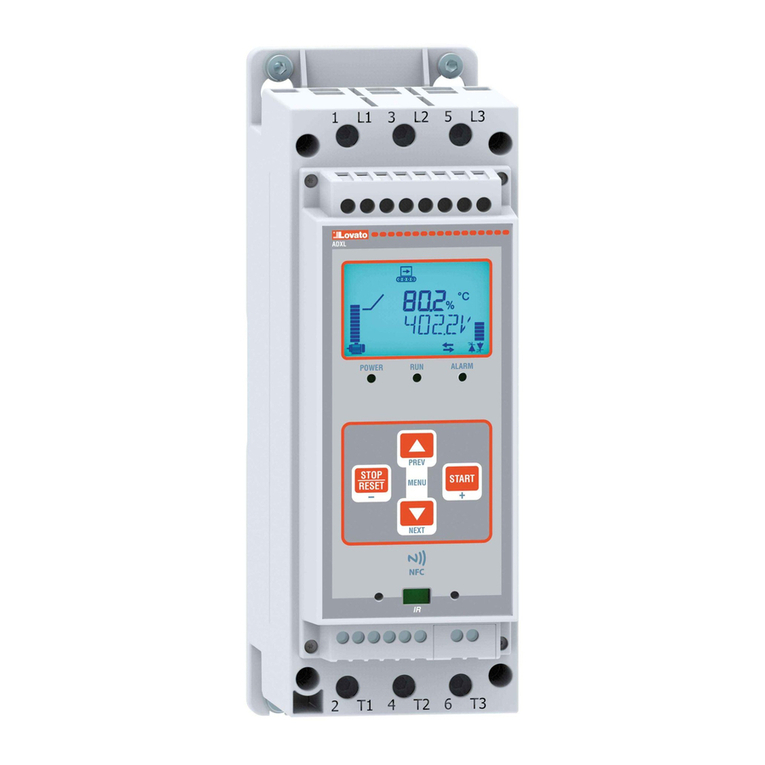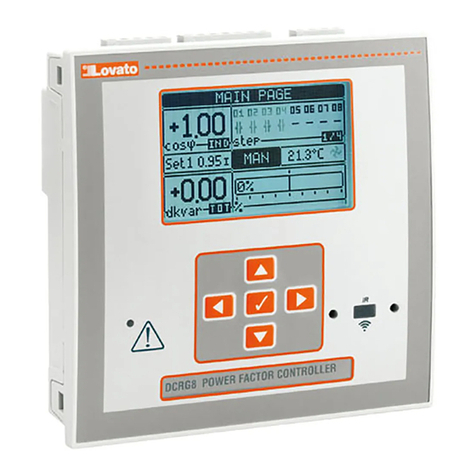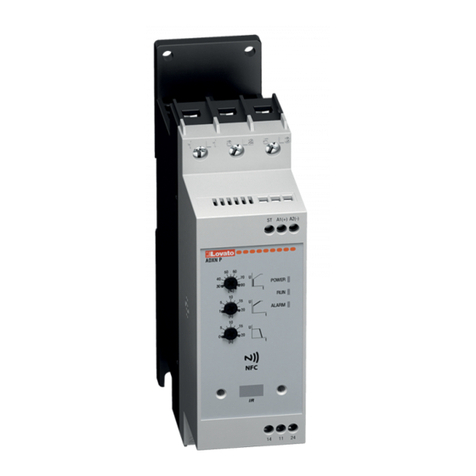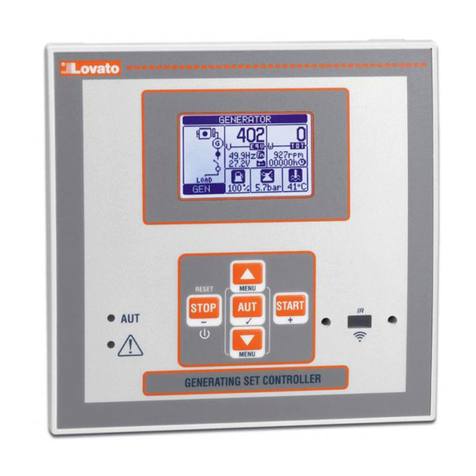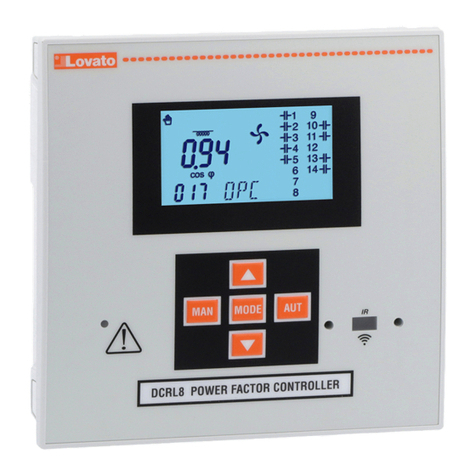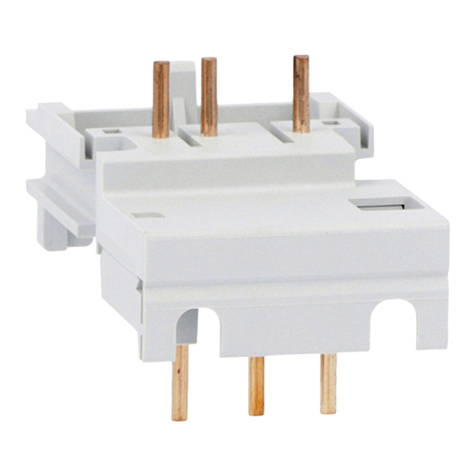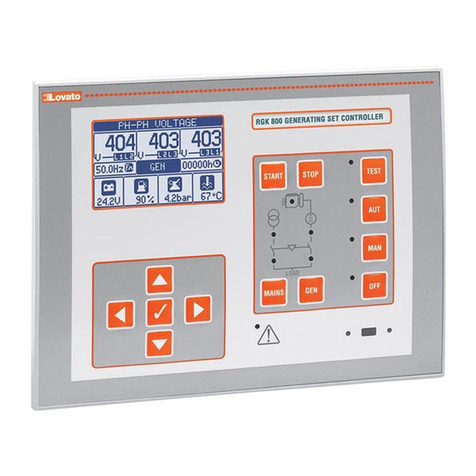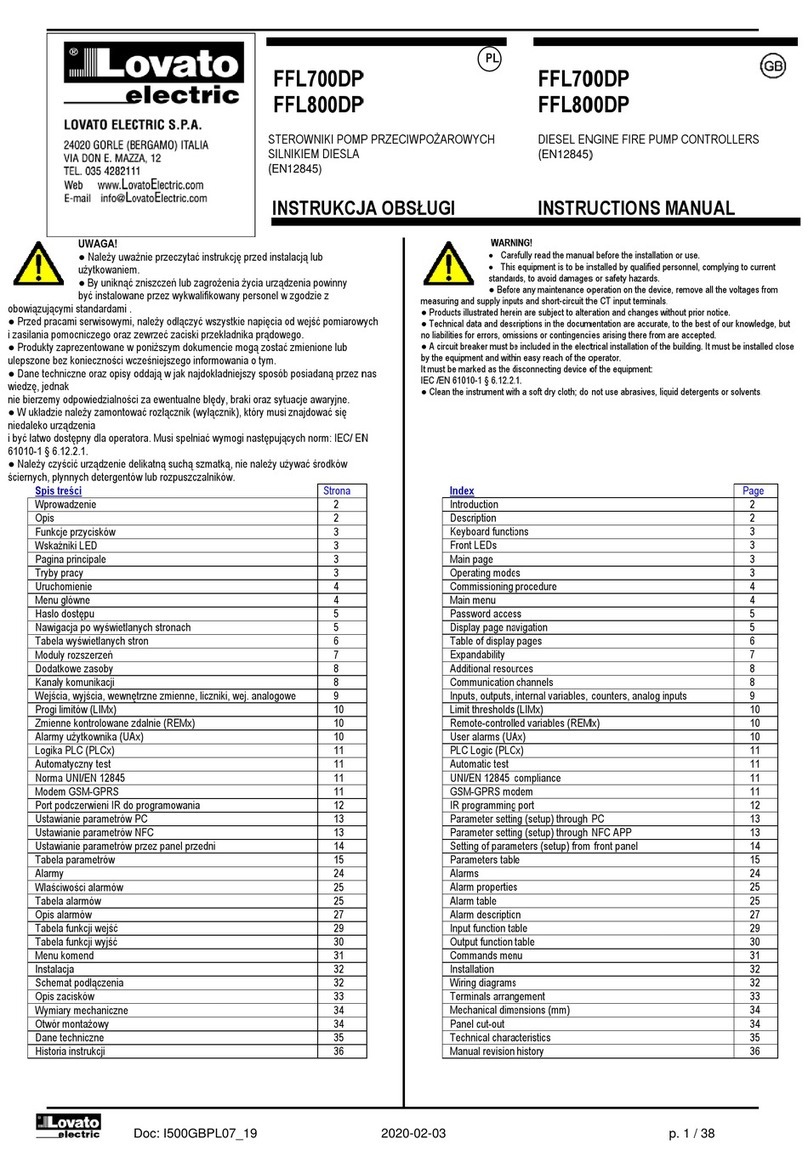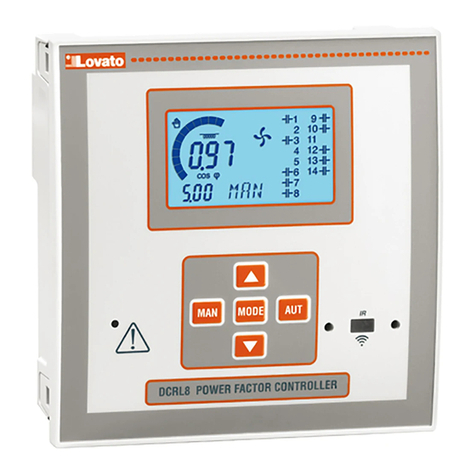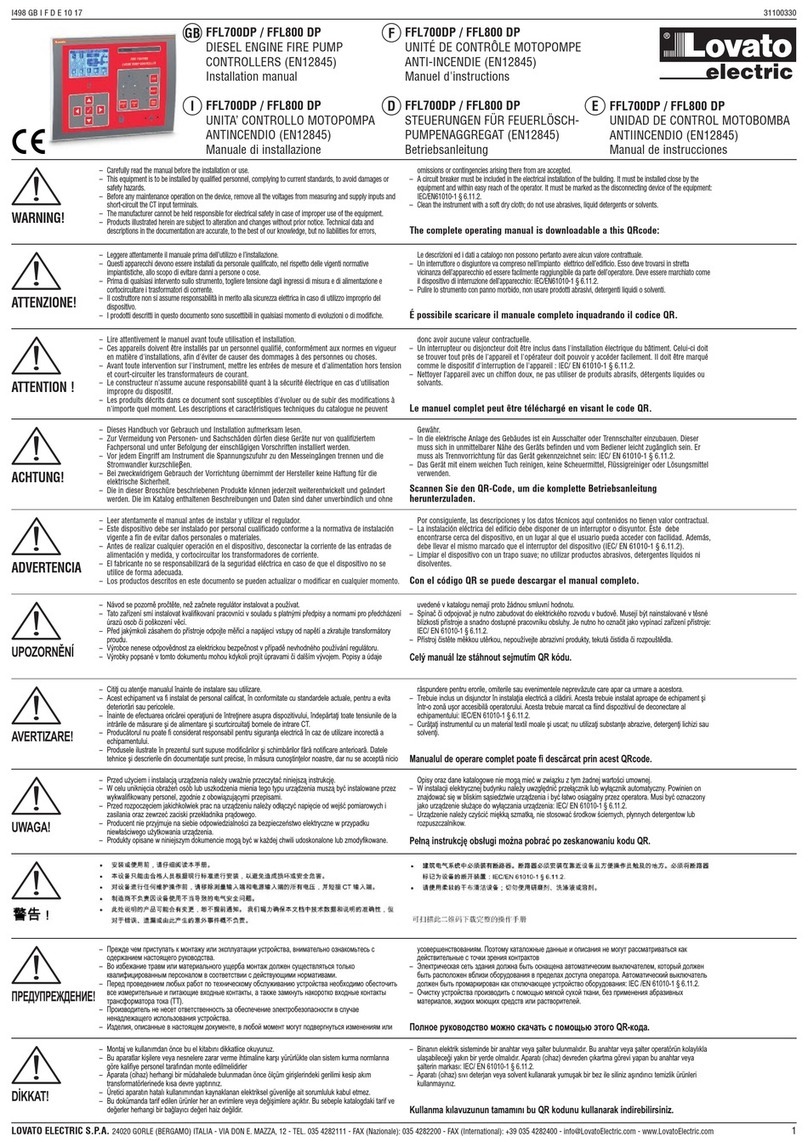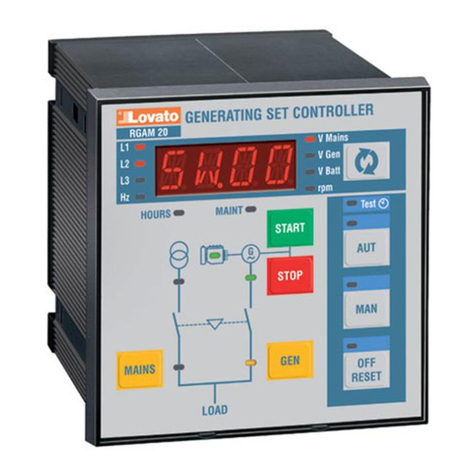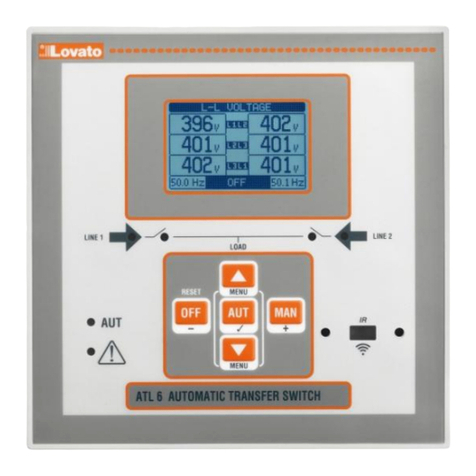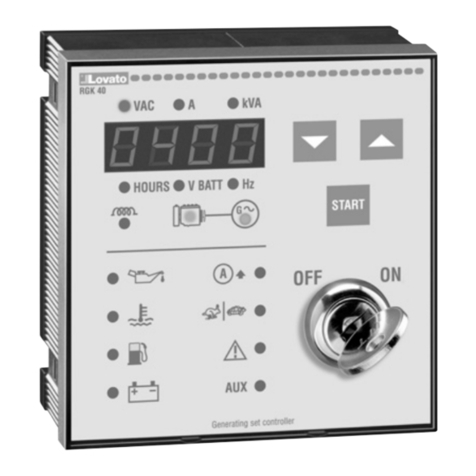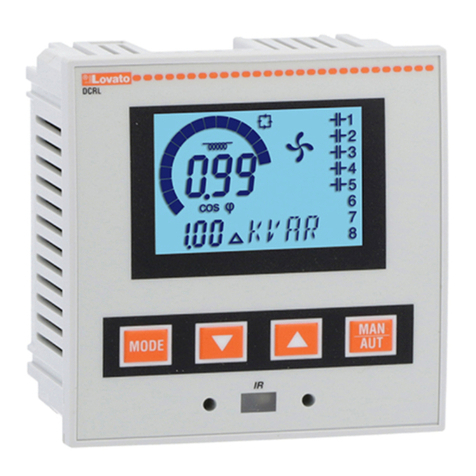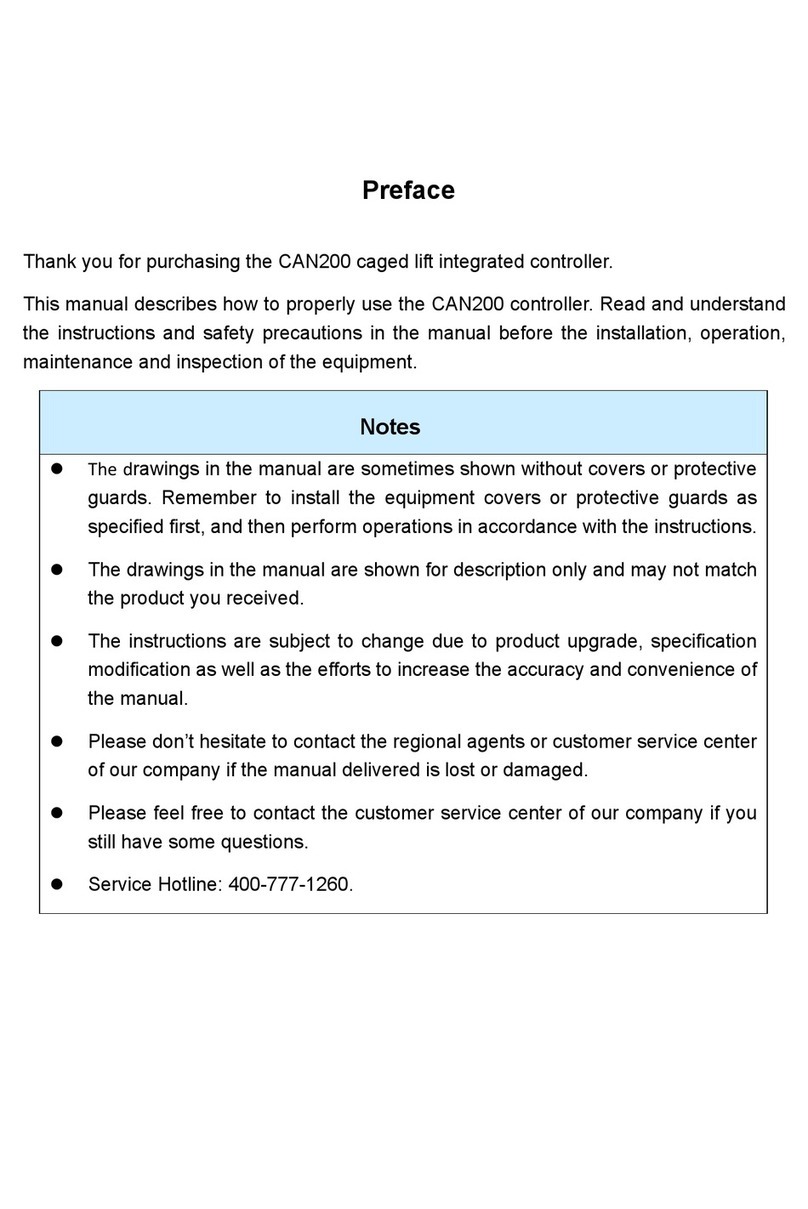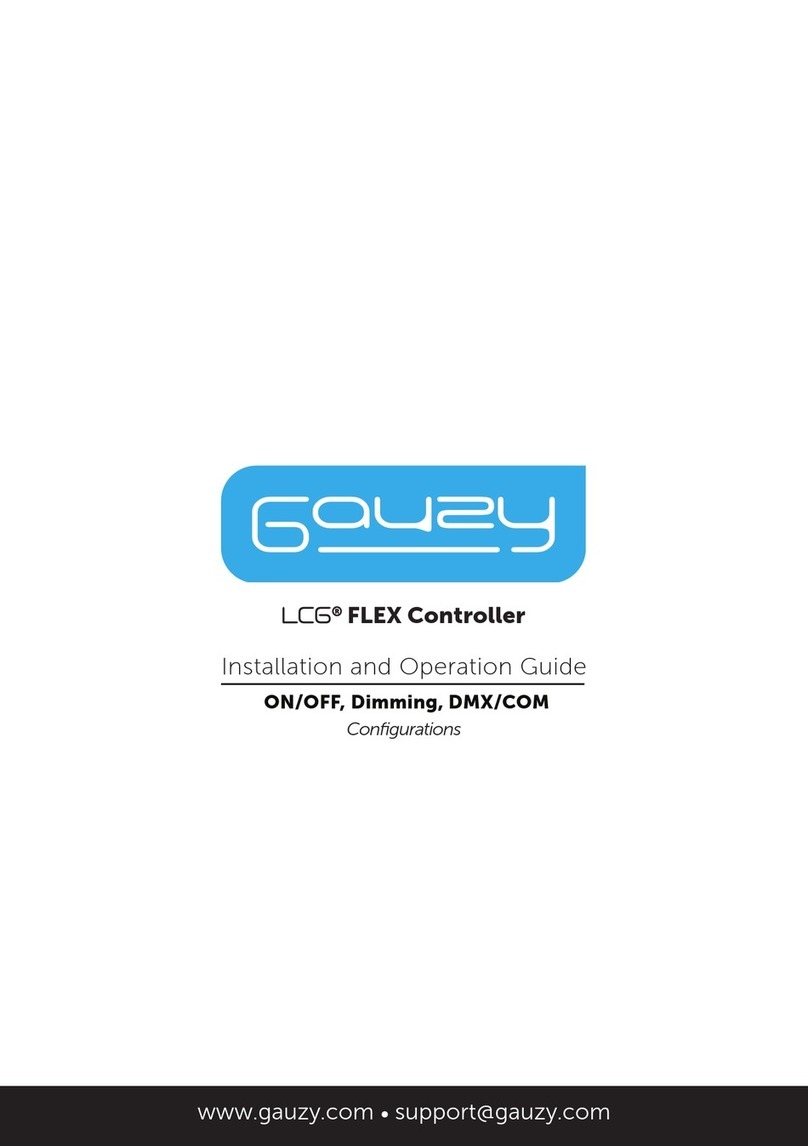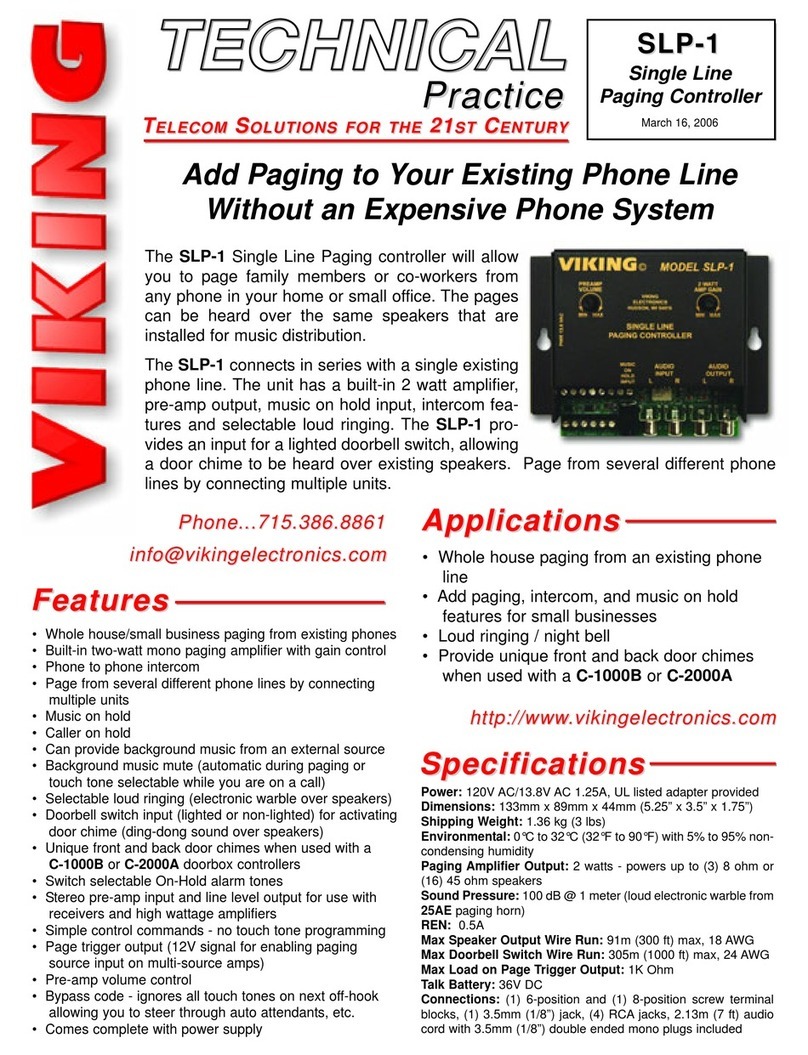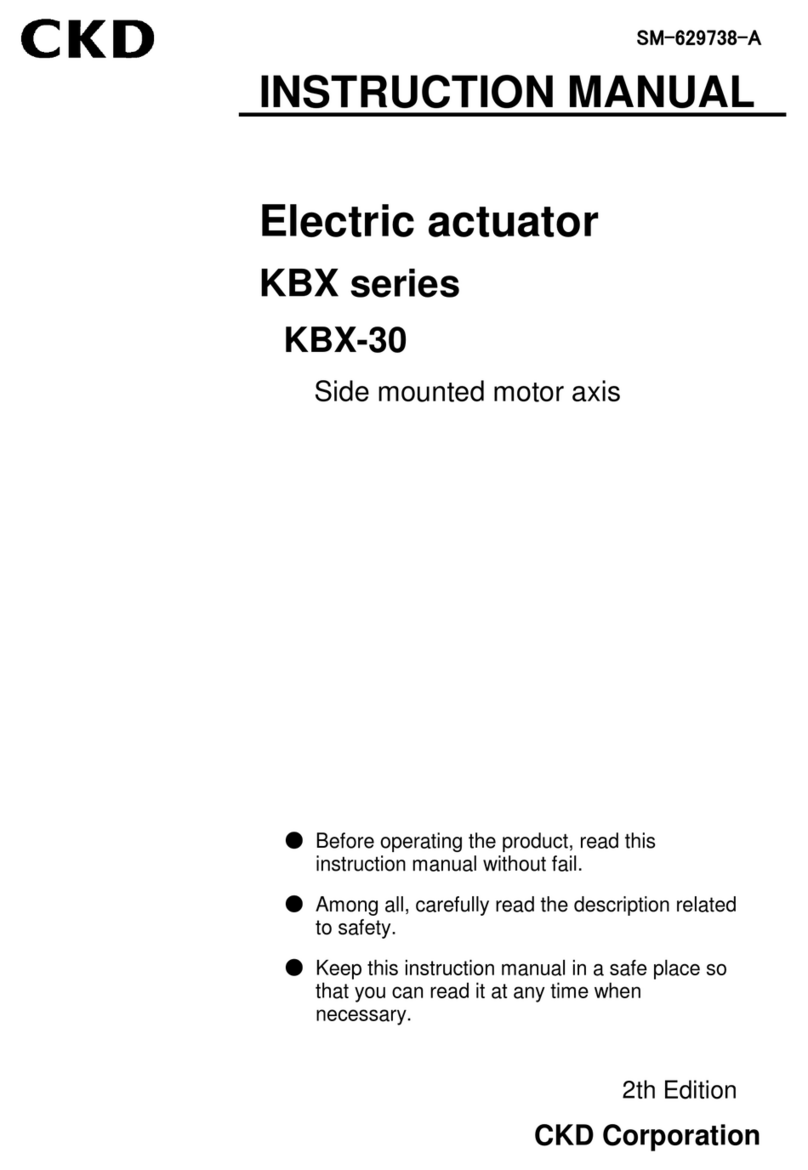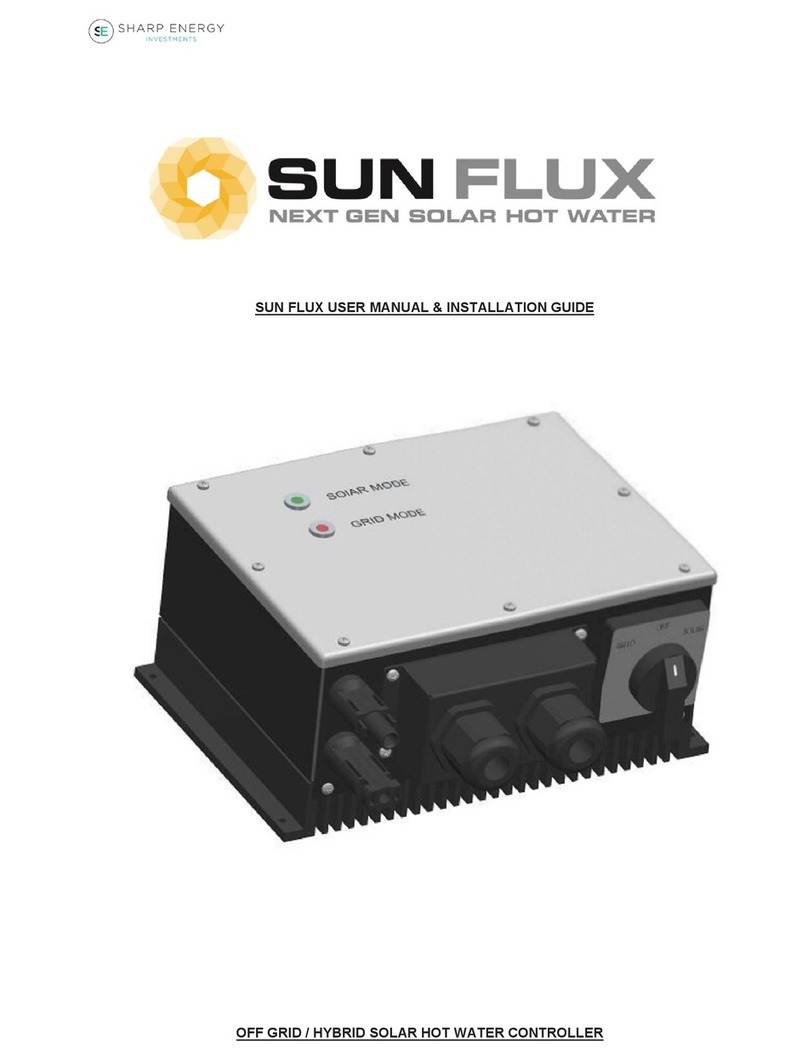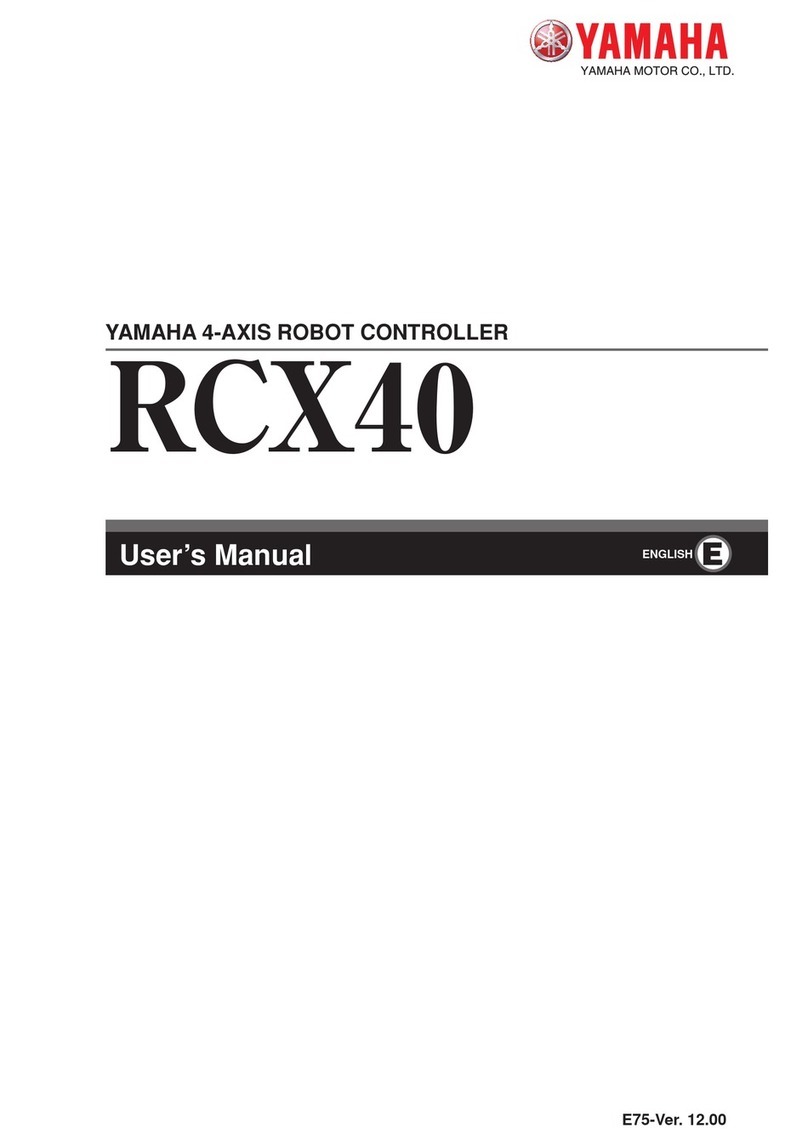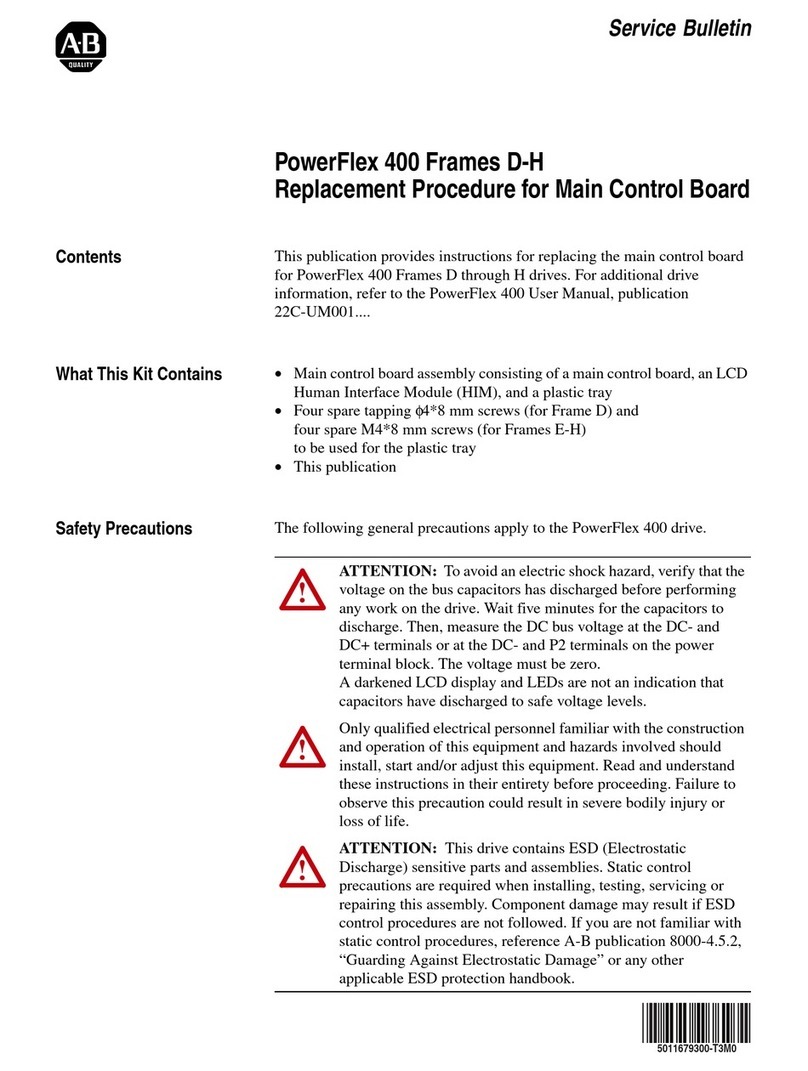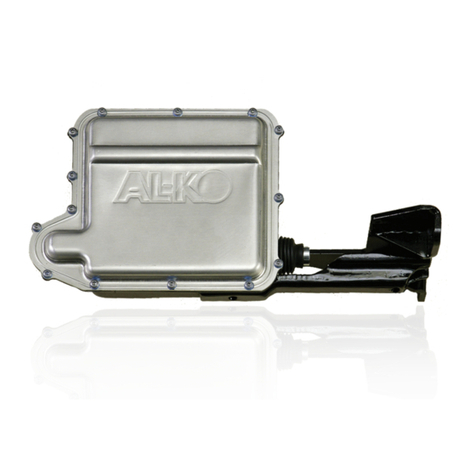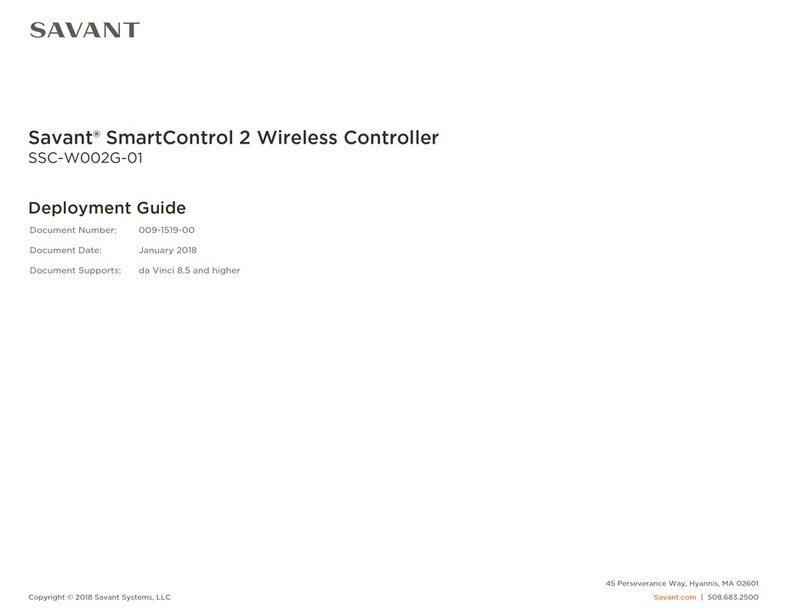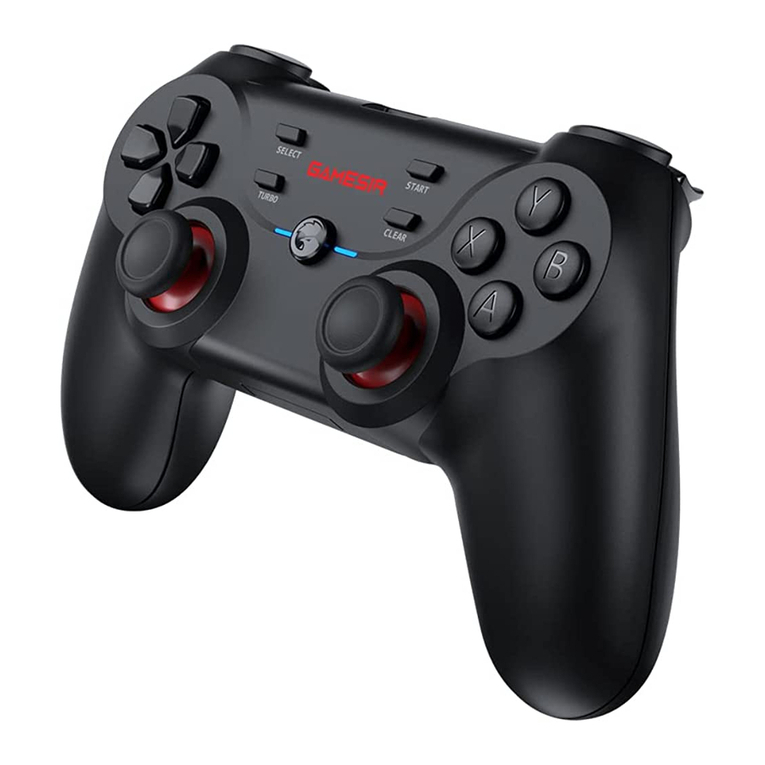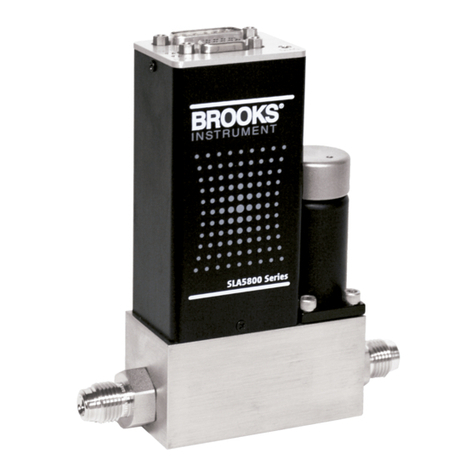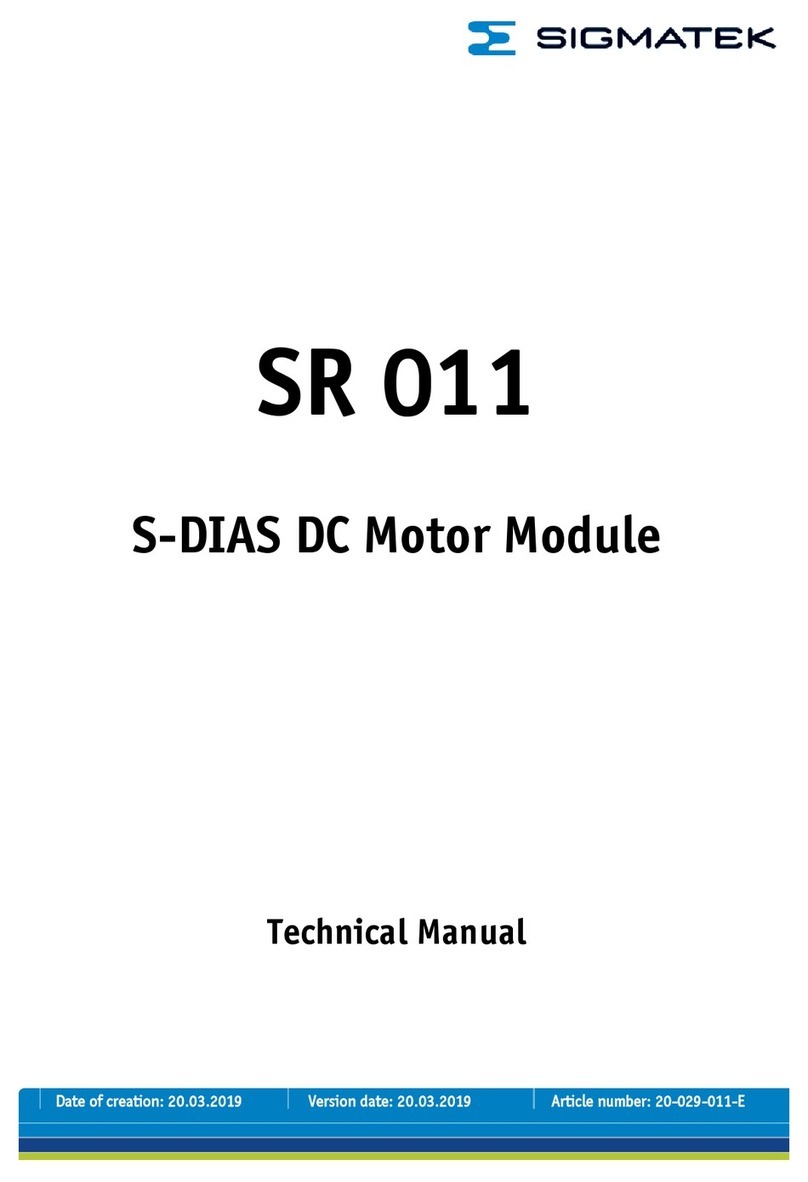
'RF,,*%BGRF[ S
comunicazione.
xI canali di comunicazione possono funzionare contemporaneamente.
xTramite opportuna programmazione (vedere parametro P17.n.09) FFL possono
agire da Modbus Master, raccogliendo le informazioni degli altri apparecchi del
sistema antincendio dotati di RS485 per coordinarli ed inviarli al sistema di
remotazione allarmi.
xAttivando la funzione Gateway, è possibile avere un FFL800DP equipaggiato
con una porta Ethernet ed una porta RS485, che fa da ‘ponte’ verso altri FFL
dotati della sola porta RS-485, in modo da ottenere un risparmio (1 solo punto
di accesso Ethernet).
xIn questa rete, la FFL800DP dotata della porta ethernet avrà il parametro della
funzione Gateway impostato su ON per entrambi i canali di comunicazione
(due tra COM1, COM2 e COM3) mentre gli altri FFL saranno configurati
normalmente con Gateway = OFF.
xThe channels can communicate at the same time.
xWith appropriate programming (see parameter P17.n.09), FFLs can act as a
Modbus Master, collecting information from other RS485 fire fighting equipment
to coordinate and send them to the alarm remoting system.
xActivating the Gateway function, it is possible to use a FFL800DP with both an
Ethernet port and a RS485 port that acts as a bridge over other FFLs equipped
with RS-485 only, in order to achieve a more economic configuration (only one
Ethernet port).
xIn this network, the FFL800DP with Ethernet port will be set with both
communication channels (two among COM1, COM2 and COM3) with
Gateway
function set to ON, while the other FFLs will be configured normally with
Gateway
= OFF.
Ingressi, uscite, variabili interne, contatori, ingressi analogici
xGli ingressi e le uscite sono identificati da una sigla e da un numero
progressivo. Ad esempio gli ingressi digitali sono denominati INPx, dove x
rappresenta il numero dell’ingresso. Allo stesso modo, le uscite digitali sono
denominate OUTx.
xLa numerazione degli ingressi / uscite si basa semplicemente sulla posizione di
montaggio dei moduli di espansione, con una numerazione progressiva
dall’alto verso il basso.
xE’ possibile gestire fino a 4 ingressi analogici (AINx) provenienti da sensori
esterni (misure di temperatura, consumo, pressione, portata ecc). Il valore letto
dagli ingressi analogici può essere convertito in qualsiasi unità ingegneristica,
visualizzato sul display e reso disponibile sul bus di comunicazione. Le
grandezze lette attraverso gli ingressi analogici sono visualizzate sulla apposita
pagina. Su di esse possono essere applicate delle soglie limite LIMx, che a loro
volta possono essere collegate ad un’uscita interna od esterna, o inserite in
una funzione logica PLC.
xLa numerazione degli I/O di espansione parte a cominciare dall’ultimo I/O
montato sulla centralina. Ad esempio, per gli ingressi digitali, INP1…INP10
sulla centralina, e quindi il primo ingresso digitale sui moduli di espansione sarà
denominato INP11.
xGli ingressi analogici resistivi possono essere anche utilizzati come ingressi
digitali, in questo caso assumono la numerazione da INP23 a INP25.
xVedere la seguente tabella per la numerazione degli I/O:
COD DESCRIZIONE BASE EXP
INPx Ingressi digitali 1…10 11…22
OUTx Uscite digitali 1…11 12…20
COMx Porte di comunicazione 1 2…3
AINx Ingressi analogici - 1…4
RALx Relè remoti per allarmi /stati - 1…14
xAllo stesso modo degli ingressi/uscite, esistono delle variabili interne (bit) che
possono essere associate alle uscite o combinate fra loro. Ad esempio si
possono applicare delle soglie limite alle misure effettuate dal sistema
(tensione, corrente etc.). In questo caso la variabile interna, denominata LIMx,
sarà attivata quando la misura è fuori dai limiti definiti dall’utente tramite il
relativo menu d’impostazione.
xInoltre sono disponibili fino a 8 contatori (CNT1…CNT8) che possono
conteggiare impulsi provenienti dall’esterno (quindi da ingressi INPx) oppure il
numero di volte per cui si è verificata una determinata condizione. Ad esempio
definendo una soglia LIMx come sorgente di conteggio, sarà possibile contare
quante volte una misura ha superato un certo valore.
xDi seguito una tabella che raccoglie tutte le variabili interne gestite dall’ FFL,
con evidenziato il loro range (numero di variabili per tipo).
Inputs, outputs, internal variables, counters, analog inputs
xThe inputs and outputs are identified by a code and a sequence number. For
instance, the digital inputs are identified by code INPx, where x is the number
of the input. In the same way, digital outputs are identified by code OUTx.
xThe sequence number of I/Os is simply based on their mounting position, with
a progressive numbering from top to bottom.
xIt is possible to manage up to 4 analog inputs (AINx), connected to external
analog sensors (temperature, pressure, flow etc). The value read from the
sensors can be scaled to any unit of measure, visualized on the display and
transmitted on the communication bus. The value read from analog inputs is
shown on the dedicated display page. They can be used to drive LIMx limit
thresholds, which can be linked to an internal or external output, or used in a
PLC logic function.
xThe expansion I/O numbering starts from the last I/O installed on the controller.
For example, with INP1…INP10 digital inputs on the controller, the first digital
input on the expansion modules will be INP11.
xThe analog resistive inputs can be used as digital inputs. In this case they
assume the numbering from INP23 to INP25.
xSee the following table for the I/O numbering:
COD DESCRIZIONE BASE EXP
INPx Digital Inputs 1…10 11…22
OUTx Digital Outputs 1…11 12…20
COMx Communication ports 1 2…3
AINx Analog Inputs - 1…4
RALx Remote relays for Alarm / status - 1…14
xIn a similar way, there are some internal bit-variables (markers) that can be
associated to the outputs or combined between them. For instance, it is
possible to apply some limit thresholds to the measurements done by the
system (voltage, current, power, etc.). In this case, an internal variable named
LIMx will be activated when the measurements will go outside the limits defined
by the user through the dedicated setting menu.
xFurthermore, there are up to 8 counters (CNT1...CNT8) that can count pulses
coming from an external source (through a digital input INPx) or the number of
times that a certain condition as been verified. For instance, defining a limit
threshold LIMx as the count source, it will be possible to count how many times
one measurement has exceeded a certain limit.
xThe following table groups all the I/O and the internal variables managed by the
FFL.
COD. DESCRIZIONE RANGE
LIMx Soglie limite sulle misure 1…8
REMx Variabili controllate da remoto 1…16
UAx Allarmi utente 1…8
TIMx Timer 1…8
CNTx Contatori programmabili 1…8
PLCx Variabili della logica PLC 1…32
CODE DESCRIPTION RANGE
LIMx Limit thresholds 1…8
REMx Remote-controlled variables 1…16
UAx User alarms 1…8
TIMx Timers 1…8
CNTx Programmable counters 1…8
PLCx PLC logic variables 1…32
